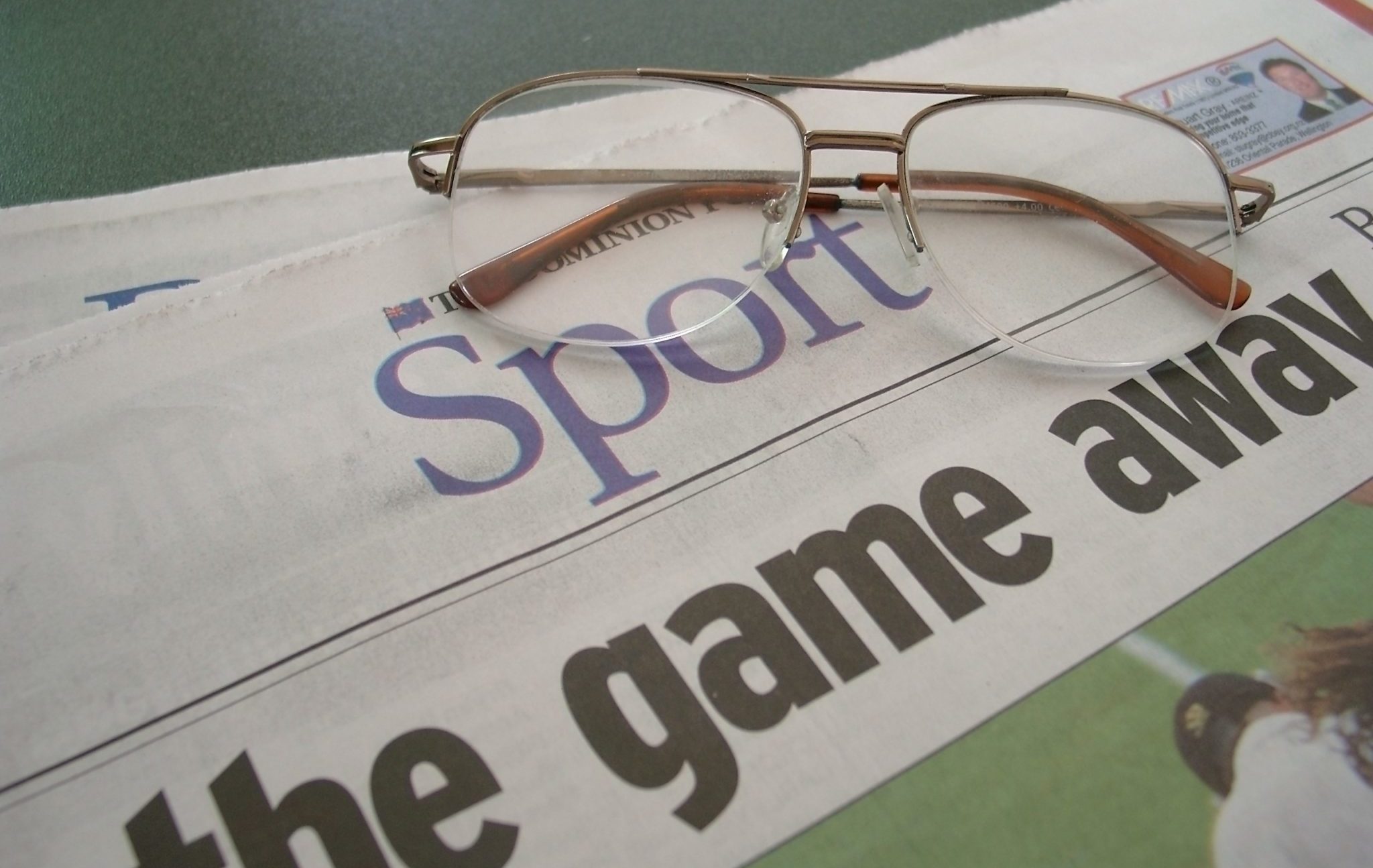The Athletic Sells Out

Alex Mather, the founder of the Athletic, told the Columbia Journalism Review in 2017 that he wanted his website to “replace the sports page in every single city on the continent.” He told the New York Times that the Athletic would “wait every local paper out and let them continuously bleed until we are the last ones standing.”
Last week, Mather sold the Athletic to the New York Times for $550 million.
When Mather and co-founder Adam Hansmann started the Athletic in 2016, they hoped to cash in on tectonic shifts in the sports-journalism industry. Local newspapers were dying. The internet and streaming technology helped nationalize the once-regional phenomenon of sports fandom. Sports fans had access to more information and analysis than ever, and much of it was terrible.
The defining form of digital sports journalism in the pre-Athletic era was the slideshow: a clunky interface, ridden with ads, meant to maximize clicks by dispersing information across multiple slides. The analysis was questionable, and the writing was worse.
Mather and Hansmann wanted to take the best features of local sports journalism from the 20th century—quality writing, well-sourced reporting, careful analysis—and bring it to scale, using the power of the internet to create a digital one-stop-shop for sports-media consumers across the country. The pair issued a statement in 2018 describing their vision:
The Athletic’s model is simple. We pay our writers well and rely on subscriptions, not ad revenue, to support our business. We’ve removed ads, pop-ups, and auto-play videos, giving subscribers a vastly better reading experience. And we’ve said goodbye to click-bait, allowing the nation’s best sports writers to focus on producing high-quality, substantive coverage for The Athletic, without the pressure of generating “clicks.”
With $140 million in outside funding to buoy their burgeoning subscription base, the Athletic brought in big names in sports journalism—Jayson Stark, Mike Sando, John Hollinger, Ken Rosenthal, Lindsay Jones—to attract new subscribers. To round out their coverage, they went market by market, bringing on local reporters to cover individual teams across the major American sports. They hired an impressive stable of senior writers to provide league-level commentary.
For writers who came from legacy outfits that imposed huge content quotas, the Athletic lightened their load, allowing them to pursue subjects in greater depth. Former Athletic writer Nicki Jhabvala told the Ringer that, when she covered the Broncos for the Denver Post, she’d sometimes file more than 25 articles in a week.
“I wanted to continue to get better as a writer,” she said. “But I got to the point where I was like, ‘Man, I’m getting worse.’”
The Athletic‘s daily content mirrors what you’d find at most other mainstream sports sites—power rankings, “gamers,” mock drafts, and rumors litter the site. Where it separates itself is on substance. The breadth and depth of the Athletic‘s analysis is unparalleled. Its Ted Nguyen catalogues in rich detail the motions, shifts, stunts, and counters that occur before and after every NFL snap. John Hollinger provides superior analytics-based basketball commentary. Its stable of baseball writers betray a passion for their local teams without sounding like homers.
The founders’ bet that sports fans would pay for quality content turned out to be true. By 2021, the Athletic had over one million paying subscribers. But the same reporting staff responsible for its popularity was also quite expensive: The Information reported that the Athletic “hemorrhaged nearly $100 million cash between 2019 and 2020,” which “[exceeded] the $73 million in revenue the company brought in over that same period.” It became apparent that the publication wouldn’t turn a profit for at least the next three years. Mather considered partnering with Axios, but the deal never materialized.
When the New York Times offered $550 million, it gave both sides something they wanted. As Peter Kafka summarized, “The New York Times wants more subscribers. The Athletic has lots of subscribers but loses money.”
Like every corporate merger, both sides got something they wanted—but the effect on smaller players in the industry is troubling. As the Athletic grew, it poached talented writers from local papers around the country, further decimating existing journalistic institutions at the state and local levels. After the Times buyout, it is likely to continue consolidating its share of journalistic talent at the expense of local publications.
What effect it will have on the publication itself remains unknown. In 2018, the Athletic promised to provide “in-depth, substantive sports writing that [fans] could read without distraction.” One hopes that will remain true, even after a dalliance with the Grey Lady.
This article was supported by the Ewing Marion Kauffman Foundation. The contents of this publication are solely the responsibility of the authors.
Comments